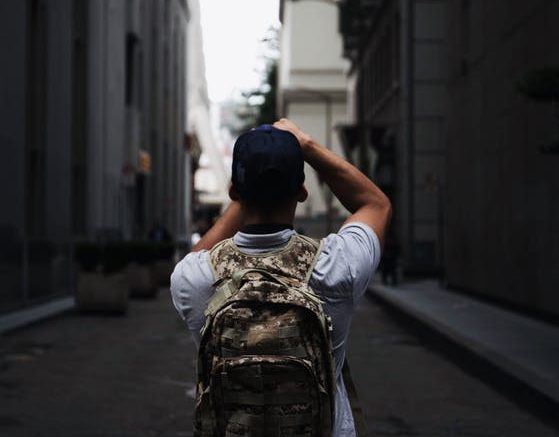If our experience sourcing fabrics for innumerable styles of carrying cases has taught us anything, its that not all fabrics are created equal. In the First Responder and Military fields, textiles are put to the test of holding up in crisis situations that can involve anything from extreme heat to potential abrasion and wear.
Synthetic fabrics are often ideal for this, generally due to the affordability, and a comparable durability that can enhance the usability and extend the lifespan. Two of the most widely utilized synthetic fabrics are nylon and polyester, and while in some instances they may look similar, their properties and purposes are different depending on the situation in which they are used.
Nylon Fabric
Is overall stronger than Polyester. First created in 1939, the art of spinning and drying liquid nylon into fibers has been perfected, which makes it the most popular textile to use in cases of industrial applications. It is abrasion resistant, and resistant to most chemicals, making it the go to textile for outdoor or military gear, especially in the case of backpacks. (To give an idea of its durability, it was used for parachutes during WWII.)
Another key feature of nylon is it’s elasticity, which also contributes to the durability, lack of tears in the fabric, and the ability for nylon products to be stretched and consistently return to their original shape. This elasticity is brought on when water is introduced to the nylon. These features protect not only the contents inside, but also allows for easy maintenance in terms of cleaning and repairs. Other industrial nylon applications include hoses, seat belts, parachutes, tents and tarps, and more.
Click here to see our full list of Material Selections.
Polyester Fabric
Was introduced to the general public in 1951 as a cost-effective alternative to preexisting durable synthetic fibers and materials. Polyester is spun from a chemical solution and dried, but is not as durable as nylon; while similarly chemical resistant, it does not have the ruggedness or durability necessary for an outdoor or military pack.
Common industrial uses include hoses, belts, ropes and nets, auto upholstery, and more. A major difference between nylon and polyester is that polyester was designed to be hydrophobic and absorb very little (if any) water. This makes it ideal for use in potentially damp environments, or in the case of “water-proofing” something.
All in all, nylon and polyester are comparable synthetic textiles that can flourish in their respective situations. While nylon is more durable and suited for military or outdoor applications (namely, backpacks), polyester can hold its own. Especially in cases where water resistance is a crucial design feature. Do you have a question for us about these materials? Feel free to reach out via http://fieldtexcases.com/.
Do you want to bring your Custom Backpack to market? Start the process here.

